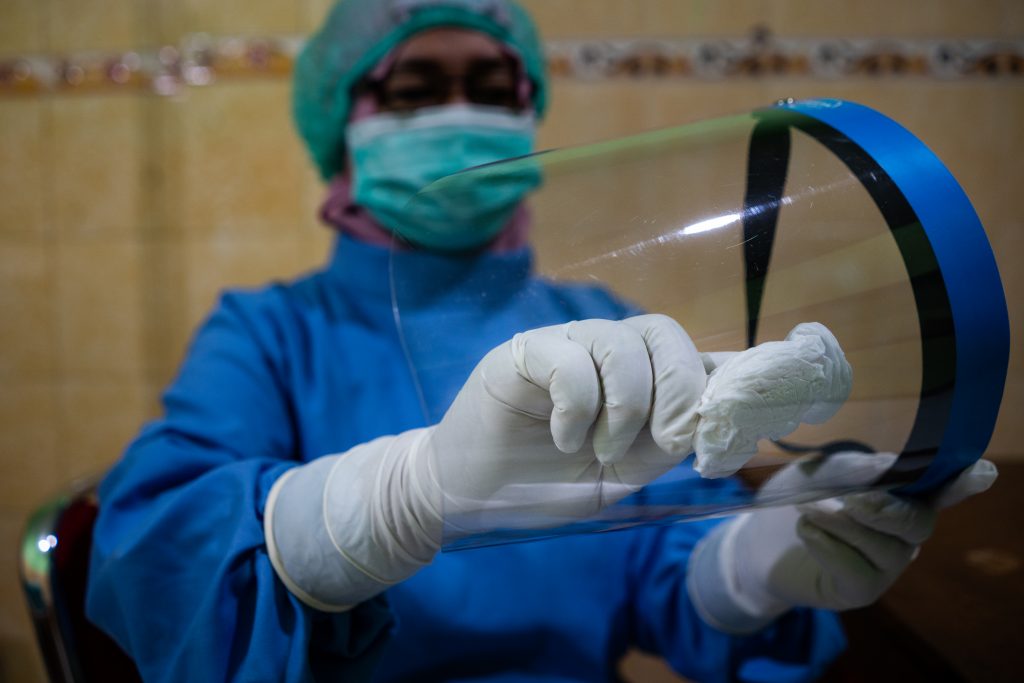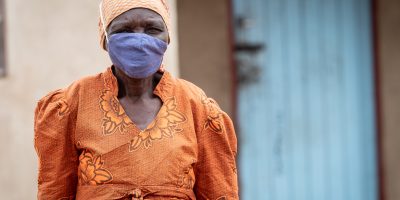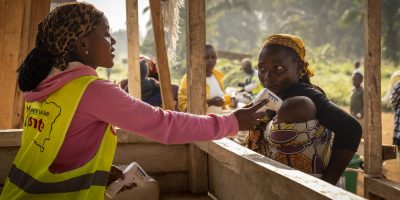It is fair to say that for almost everybody around the world – not least those working in emergency response – 2020 has been an extraordinary year. The social, economic, political, and environmental impacts of COVID-19 and the measures implemented to prevent its transmission have been felt across the world and will continue to be felt for years to come.
To reflect on this turbulent year, we’ve created this round up of our most read briefs:
-
Key Considerations: COVID-19 in Informal Urban Settlements
Annie Wilkinson
March 2020
Available in English, French, Spanish, Portuguese and Chinese
Our most-read publication of the year, this brief sets out key considerations for protecting informal urban settlements from the spread and impacts of COVID-19. It reflects heightened concerns felt about these settings at the time due to the combination of population density and limited infrastructure. It discusses what is known about vulnerabilities and how to support local action.
This brief is also available as an infographic: Informal Urban Settlements and COVID-19.
- Considerations and Principles for Shielding People at High Risk of Severe Outcomes from COVID-19
Olivia Tulloch and Nadia Butler
April 2020
Available in English and French
This brief considers the rationale for shielding individuals at high risk of severe disease or death from COVID-19 in low and middle-income countries. It provides an overview of proposed approaches to shielding, discusses the categories of individuals who may be identified for shielding, and outlines the likely difficulties of these measures and ways to mitigate them. It should be noted that the authors are not aware of any precedent for targeted shielding of specific groups in low- and middle-income countries during this or any other outbreak. As such, shielding as an approach is untested.
This brief is also available as an infographic: Shielding People At High Risk Of Severe Illness Or Death.
- Rapid Review: Vaccine Hesitancy and Building Confidence in COVID-19 Vaccination
Tabitha Hrynick, Megan Schmidt-Sane and Santiago Ripoll
November 2020
Available in English.
Throughout 2020, COVID-19 vaccines have been framed as the ultimate solution needed to end the pandemic. However, evidence suggests that the public health benefits of approved COVID-19 vaccines will be undermined by hesitancy from populations to be vaccinated. Evident in the emergence of the new discipline of ‘infodemiology’ and ‘misinfodemic debates’, there is an assumption that this reticence is primarily driven by people’s exposure to misinformation and that this can be countered by ‘inoculating’ publics with facts.
Written prior to the Pfizer and BioNTech vaccine announcement, this brief draws on social science literature and informal interviews with experts to illustrate that vaccine hesitancy is more complex and context-specific, and often reflects diverse, everyday anxieties – not just, or even primarily, exposure to misinformation or anti-vaccine. It proposes strategies to guide policy makers, public health officials, vaccine developers, health workers, researchers, advocates, communicators, media actors and others involved in vaccine development, communication and deployment to boost confidence in COVID-19 vaccines.
This brief is part of the Social Science in Humanitarian Action Platform (SSHAP) series on social science considerations relating to COVID-19 vaccines.
This brief is also available as an infographic: COVID-19: Going Beyond Misinformation To Build Vaccine Confidence.
- Compliance with Physical Distancing Measures for COVID-19 and Implications for RCCE in Eastern and Southern Africa
Anthrologica for SSHAP
April 2020
Available in English.
This brief reports on attitudes and practices relating to physical distancing measures in Eastern and Southern Africa in the context of the current global COVID-19 outbreak. Where relevant, it also includes insight and learning from the Ebola outbreaks in West Africa and the Democratic Republic of Congo. It sets out practical considerations for the formulation of communication strategies and messaging about physical distancing related to COVID-19.
This brief is also available as an infographic: Distancing In Eastern And Southern Africa.
- Online Information, Mis- and Disinformation in the Context of COVID-19
Anthrologica for SSHAP
March 2020
Available in English, French and Chinese.
The WHO recommends proactive communication during a public health emergency that, “encourages the public to adopt protective behaviours, facilitates heightened disease surveillance, reduces confusion and allows for better allocation of resources – all of which are necessary for an effective response”.
This brief sets out practical considerations relating to flows of information, misinformation and disinformation though online media, particularly social media networks, in the context of the COVID-19 pandemic. It details various types of online media, key players and influencers on social media, and strategies for ensuring good information and disrupting mis- and disinformation.
This brief is also available as an infographic: COVID-19: Online Information.





